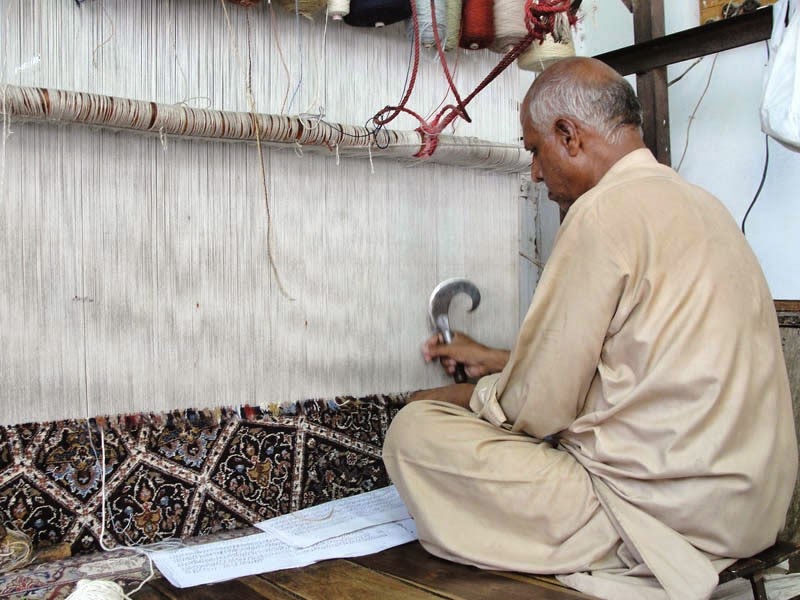Armadillo, Booker’s Blog home page. 2012. [o]. Available:
http://talltalestogo.wordpress.com/2012/09/16/the-blathering-idiot-and-the-pro-accordion-party-part-4-armadillo/
Accessed 06 March 2014
Benesh, CLE. 2012. Mary Lee Hu Working with wire. California: Ornament Magazine. [o] Available:
http://www.ornamentmagazine.com/backissues/backissue_35_3_mary-lee-hu
Accessed 06 March 2014
Butler, J. Rotberg, IR & Adams, J. 1978. The blacks homelands of South Africa: The political and economic development of Bophuthatswana and Kwa-Zulu. Berkeley: University of California Press.
Carton, B. Laband, J. & Sithole,J. 2009. Zulu identities - Being Zulu, Past and Present. London: C. Hurst & Co. (Publishers) Limited.
Dickenson, S. 2006. Ascot formal wear. United Kingdom: Royal Ascot Tickets. [o]. Available:
http://ascotticket.com/Ascot_Formal_Wear.htm
Accessed 15 May 2014
Hall, C. 1994. Gemstones. London: Dorling Kindersley Limited
Honest, BB. 2010. Let them look. Canada: Honest 2 Betsy. [o]. Available:
http://honest2betsy.blogspot.com/2010/11/let-them-look.html
Accessed 06 March 2014
IMperia, G. 2011. Kumihimo wire jewelry. New York: Random House.
Macrae, S. 2001. Designing and making jewellery. Wiltshire: The Crowood Press Limited
Magubane, P. 2002. African Renaissance. South Africa: Struik Publishers (Proprietary) Limited
Maimela, D. 2014. Born frees do not exist. South Africa: Mail and Gaurdian online network. [o]. Available:
http://www.thoughtleader.co.za/davidmaimela/2014/01/08/born-frees-do-not-exist/
Accessed on 20 February 2014
Manheim, J.2009. Sustainable jewellery. London: A&C Black Publishers Limited.
Mcniff, J. 2002. Action research for professional development. [o]. Available: http://www.jeanmcniff.com/ar-booklet.asp
Accessed 26 August 2014
Mertler, CA. 2014. Action Research improving schools and empowering educators. California: Sage Publications Incorporated
Miller, S. 2011. Wire art jewelry. China: Asia Pacific Offset Limited.
Millipede, Jungle Key home page. [Sa]. [o]. Available:
http://www.junglekey.fr/search.php?query=Millipede&type=image&lang=fr®ion=fr&img=1&adv=1&fqhist1=Millipede&start=50
Mitchell, E.1993.BiblicalHistory. [o]. Available:
Mitchell, E.1993.BiblicalHistory. [o]. Available:
https://answersingenesis.org/archaeology/ancient-egypt/radiocarbon-dating-shortens-the-timeline-for-ancient-egypt/
Accessed 14 May 2014.
Nettleton, A.2010. Life in a Zulu Village: Craft and the Art of Modernity in South Africa.The Journal of Modern Craft 3(1). [o]. Available:
Accessed 14 May 2014.
Nettleton, A.2010. Life in a Zulu Village: Craft and the Art of Modernity in South Africa.The Journal of Modern Craft 3(1). [o]. Available:
Accessed on the 20 February 2013
Olver, L.2002. The art of jewellery design. London: A&C Black (Publishers) Limited
Mills, GE. 2011. A guide for the teacher researcher. United States of America: Pearson
Statistics South Africa. 2014. Mid-year population estamites 2014. [o]. Available:
http://beta2.statssa.gov.za/publications/P0302/P03022014.pdf
Accessed 18 September 2014
Steyn, ME & Motshabi,KB. 1996. Cultural synergy in South Africa. South Africa: Knowledge Resources (Proprietary) Limited.
Untracht, O.1985. Jewelry Conceptsand Technology. New York: Banton Doubleday Dell Publishing Group Incorporated.
Zulu. [Sa]. [o]. Available:
http://www.sahistory.org.za/people-south-africa/zulu
Accessed 09 October 2014
Olver, L.2002. The art of jewellery design. London: A&C Black (Publishers) Limited
Mills, GE. 2011. A guide for the teacher researcher. United States of America: Pearson
Statistics South Africa. 2014. Mid-year population estamites 2014. [o]. Available:
http://beta2.statssa.gov.za/publications/P0302/P03022014.pdf
Accessed 18 September 2014
Steyn, ME & Motshabi,KB. 1996. Cultural synergy in South Africa. South Africa: Knowledge Resources (Proprietary) Limited.
Untracht, O.1985. Jewelry Conceptsand Technology. New York: Banton Doubleday Dell Publishing Group Incorporated.
Zulu. [Sa]. [o]. Available:
http://www.sahistory.org.za/people-south-africa/zulu
Accessed 09 October 2014




















































